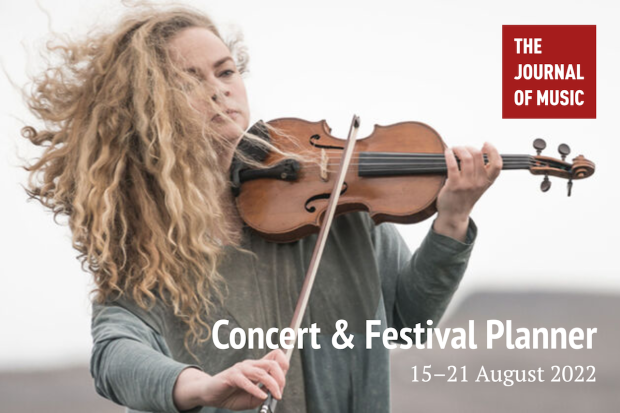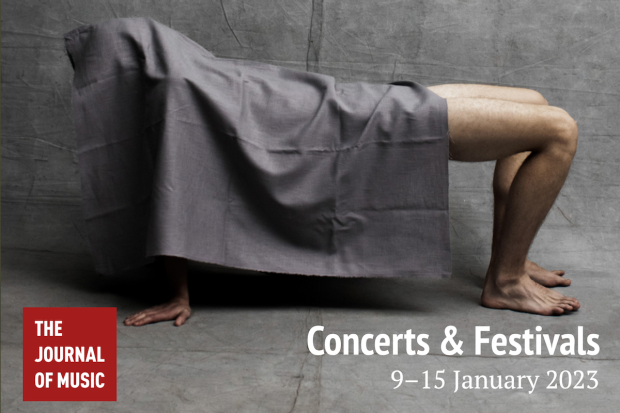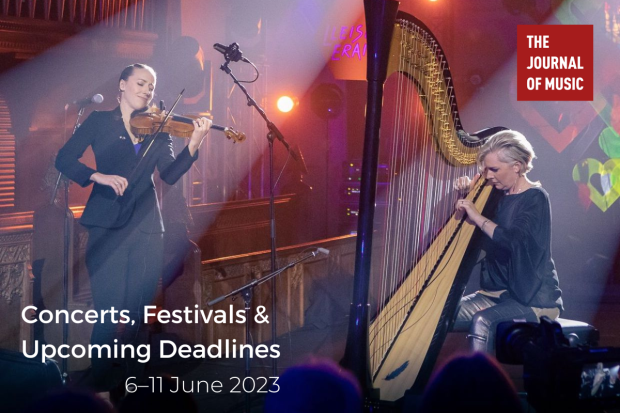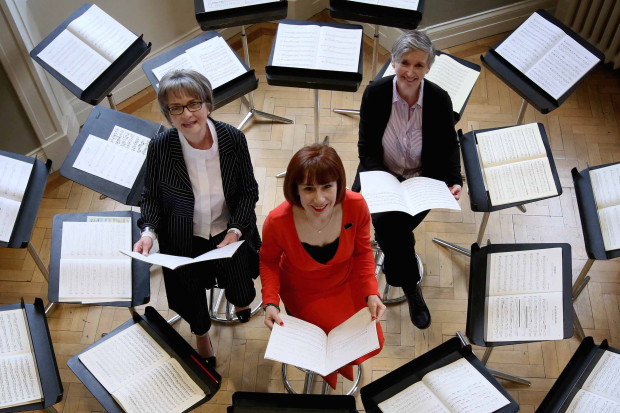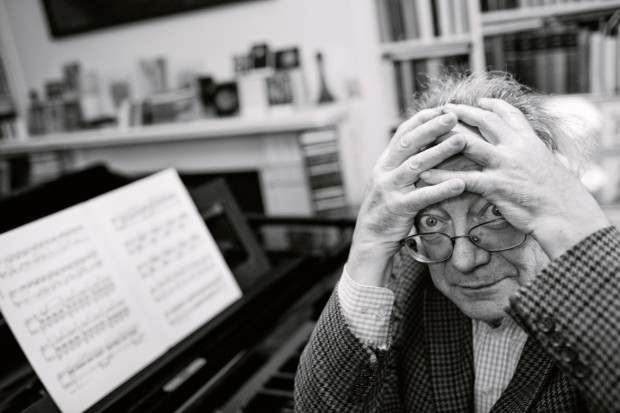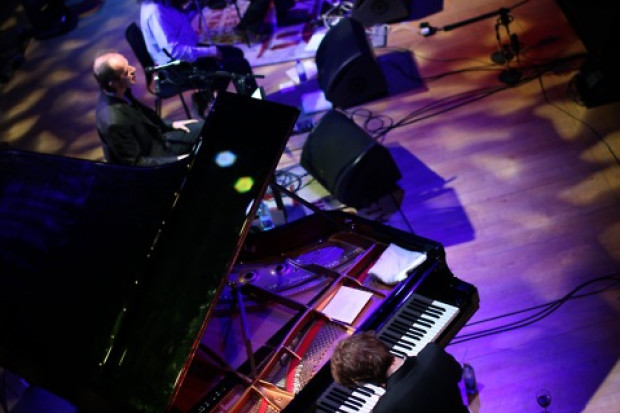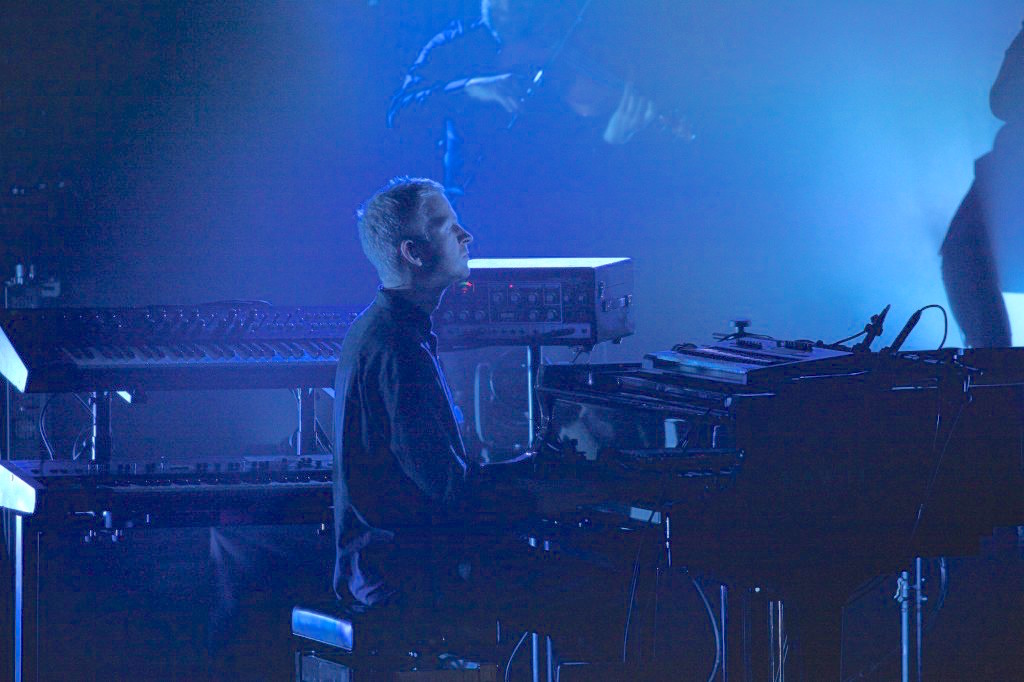
Ólafur Arnalds, National Concert Hall
Emotional Openness
Icelandic musician and composer Ólafur Arnalds creates luminous atmospheres that are built on the contrast between the natural sound of the piano, playing minimalist riffs, and the artificiality of synths and beats. He is rigorous in his approach and dedicated to simplicity in building tracks that exist on the cusp of film soundtracking and ambient pop hits. His music might well be so successful – this concert at the National Concert Hall on 1 October was sold out well in advance – because it is at its essence affirmative. The layers of patterns create an openness in which the listener can find a reflection of what they are looking for in it. His songs rely on a kind of aural illusion, lulling the listener with a sense of dreamy slowness frequently belied by the entrance of surprisingly busy beats, the contrast imbuing those moments with an added emotional weight.
The connection to minimalism was explicit in the opening piece, possibly an instrumental version of ‘Árbakkin’, from 2016’s Island Songs album, which had more than an echo of Glass’s Metamorphosis. At the heart of the set though was the recently released re:member – plus a peppering of tracks from Island Songs and other albums – with Arnalds joined on stage by a live string quartet and drummer, as well as the two bespoke, electronically controlled Stratus Pianos. Tracks like ‘Unfold’ and ‘undir’ stand out as working particularly well live, giving room for these extra players to expand into the soundworld.
Playing with robots
re:member is a a strings-heavy album composed with the Stratus Pianos, two player pianos controlled by a generative algorithm (developed with Halldór Eldjárn) which responds to Arnalds’ live playing. On the album, the result is tinkling cascades of piano beautifully coloured by the mechanical sounds of the hammers of the instruments themselves, adding a charming intimacy to the whole. Live, some of this intimacy is lost, but replaced by the spectacle of the disembodied movement of the keys and hammers of two uprights – front removed and spotlighted just like a performer. It was a ghost-like effect that seemed a perfect visual match to much of Arnalds’ music, and was most effective in the gentle ‘Nyepi’ (the final track of re:member) where the responsive cascades added a much-needed frisson of chaos, of unpredictability – a break from the tight control of most of his composition. At the NCH, the band tried to push past this strictness of form and allow it to expand outwards in the large space.
Expansion and openness
Given the emphasis on mood and atmosphere in his music, it is unsurprising that Arnalds has done so much soundtrack work, including music for the TV series Broadchurch as well as films like Gimme Shelter and Another Happy Day; this visual element was not ignored in live performance, but transferred instead to an elaborate light display, with strip, spot and beam patterns perfectly synced to facets of each track which helped give a sense of expansion.
The danger of music relying so heavily on atmosphere though is that sometimes it’s not enough to sustain two hours of listening, as in the case of this concert. It’s easy to get swept away in the clouds of sound he created but it is to the sacrifice of energy, the currents of tension and release that make a performance dynamic. Perhaps this is down to a loss of intimacy in the large space, so necessary to his recordings. Live or recorded though, Arnalds’ music has an emotional openness that resonates with our time.
Published on 10 October 2018
Anna Murray is a composer and writer. Her website is www.annamurraymusic.com.










